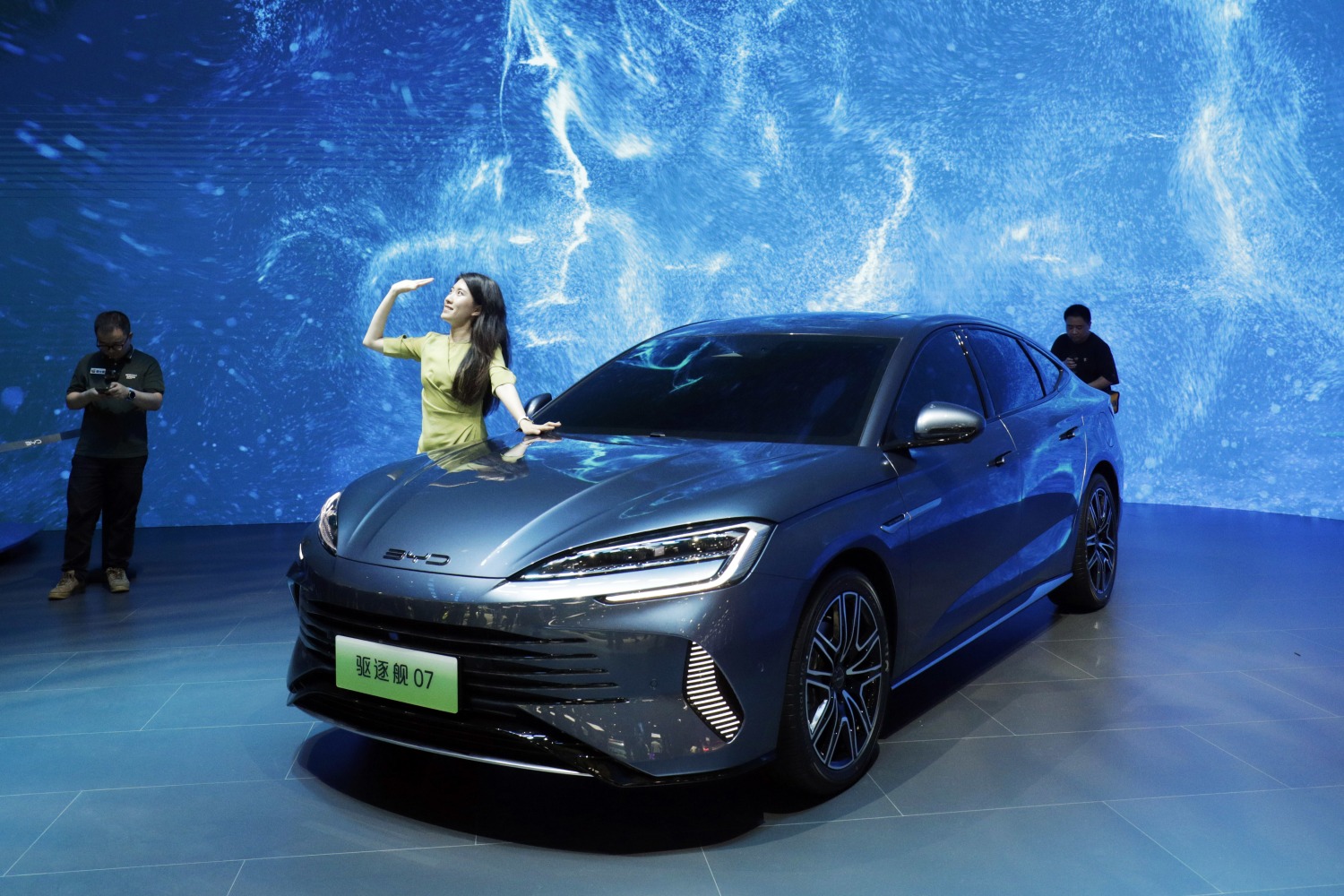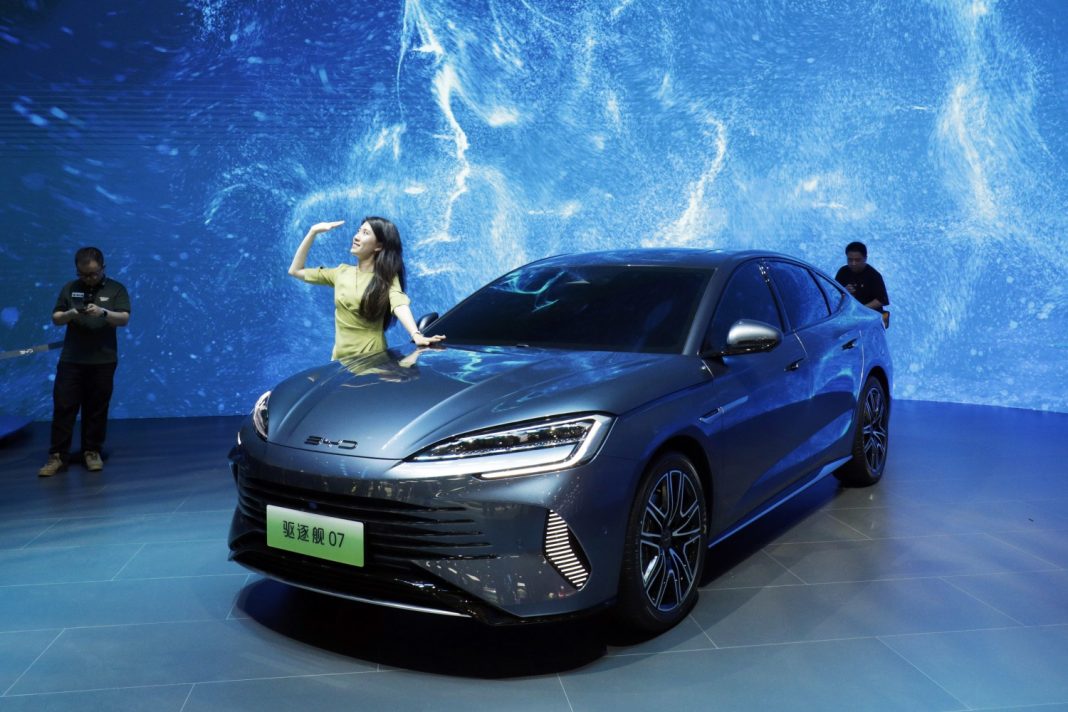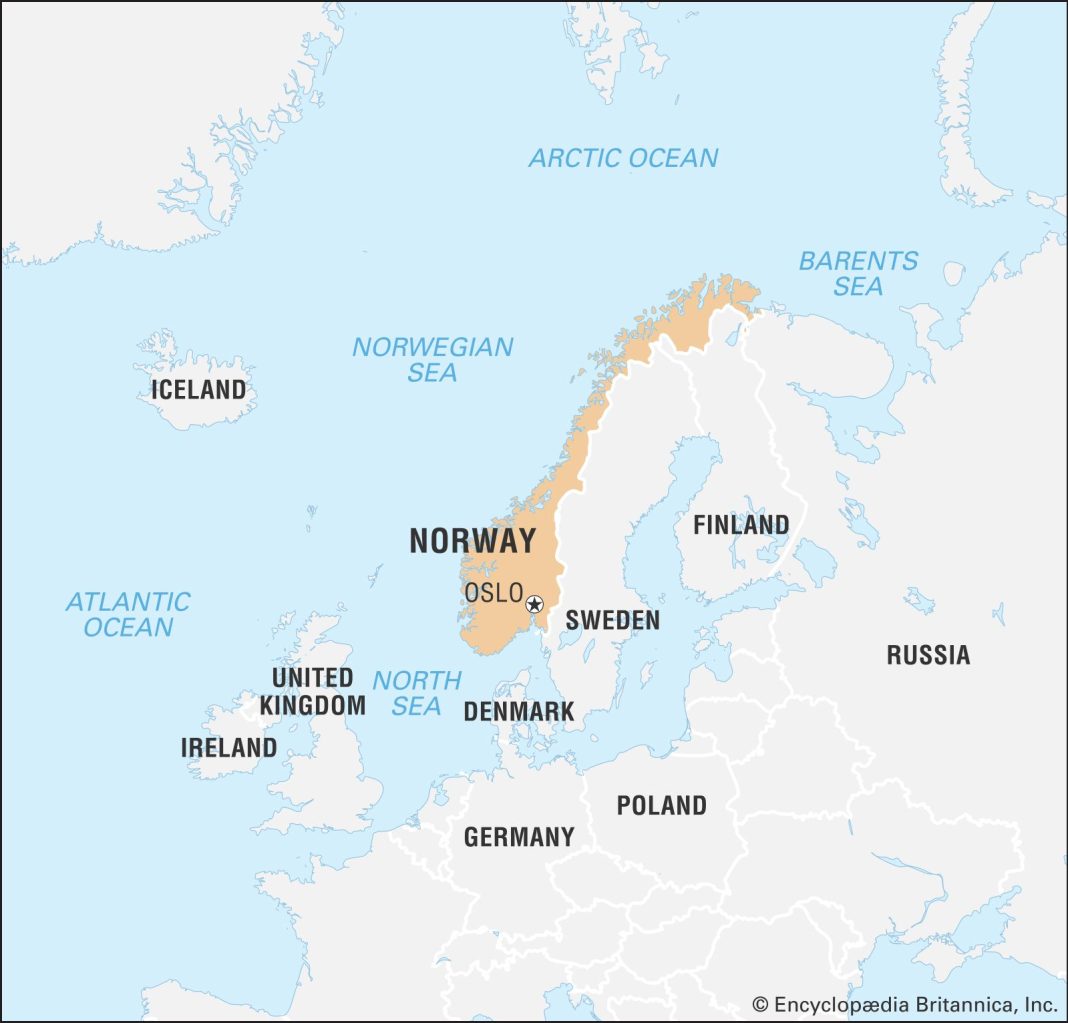 Tariffs on Chinese Electric Vehicles: EU’s Policy Shift and Potential Consequences
Tariffs on Chinese Electric Vehicles: EU’s Policy Shift and Potential Consequences
Introduction:
The European Union (EU) has implemented tariffs on Chinese electric vehicles (EVs) as a trade defense measure to protect European production. This decision represents a major policy shift for the EU, as it targets the automotive industry, which is crucial to both the EU and China. However, experts argue that these tariffs could be counterproductive, especially considering the EU’s plans to phase out internal combustion engine (ICE) cars by 2035. Additionally, the EU’s focus on EV tariffs while aiming for carbon emissions reduction may hinder the bloc’s goal of reducing emissions if there is a lack of supply or demand for greener vehicle options from European manufacturers.
Tariffs and the EU’s Green Deal:
The EU’s decision to impose tariffs on Chinese EVs comes after the bloc’s commitment to restrict the sale of new gasoline and diesel vehicles by 2035. This agreement aims to reduce emissions from new cars sold by 55 percent in 2030 compared to 2021 levels, ultimately leading to a 100 percent reduction five years later. The negotiation of this agreement was guided by the EU’s July 2021 European Green Deal, which aims to lower net greenhouse gas emissions by at least 55 percent by 2030 compared with 1990 levels. However, the tariffs on Chinese EVs could undermine the EU’s carbon-emission targets if there is insufficient supply or demand for greener vehicle options from domestic European manufacturers.
Maintaining Carbon-Emission Targets:
To maintain the EU’s carbon-emission targets, it is crucial to send the right signal to carmakers. The European organization Transport & Environment (T&E) argues that the EU’s industrial policy should establish robust sustainability criteria to reward local, clean manufacturing. Additionally, T&E suggests that an EU investment plan is needed to support EV and battery manufacturing more effectively than the current patchwork of national state aid. By incentivizing domestic production, the EU can ensure a steady supply of greener vehicles while supporting local economies.
The EU’s Concerns and Policy Shift:
The EU claims that Chinese car suppliers benefit from massive state support, allowing them to undercut European competitors. Chinese-made cars captured 25 percent of the EU market in 2023, up from 3.9 percent in 2021. The intense price competition in China has driven down prices domestically and is now impacting Europe. This situation forces EU manufacturers to lower their own prices, which hurts their profits and potential future investments. Consequently, the EU’s decision to impose tariffs on Chinese EVs represents a policy shift. It marks a departure from previous trade policies and approaches and adopts a more protectionist stance to address perceived unfair market practices that hinder the EU’s transition from ICE to battery electric vehicles.
Consequences for EU and Chinese Manufacturers:
While the tariffs aim to protect the EU’s domestic EV industry, analysts predict that Chinese EV manufacturers will not face significant obstacles in entering the EU market. Prices of Chinese EVs in the EU market are generally 80-100 percent higher than those in the domestic market, even before factoring in tariffs. This price difference allows Chinese EVs to remain competitive with European models. Additionally, European original equipment makers (OEMs) rely on China’s battery value chain for their EV transition. Potential retaliation from China could exert downward pressure on the earnings of European OEMs, as their premium brands have a significant presence in the Chinese market.
Conclusion:
The EU’s decision to impose tariffs on Chinese EVs represents a significant policy shift that aims to protect the EU’s domestic EV industry. However, experts argue that these tariffs could be counterproductive, especially considering the EU’s plans to phase out ICE cars by 2035. To maintain carbon-emission targets and support local manufacturing, the EU’s industrial policy should establish sustainability criteria and allocate funds to scale up the battery supply chain. While the tariffs may create some barriers for Chinese EV manufacturers, they are unlikely to prevent their entry into the EU market. The consequences of these tariffs may have wider implications for European OEMs, as potential retaliation from China could impact their earnings. Overall, the EU’s decision reflects a more protectionist stance and a departure from previous trade policies and approaches.


